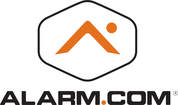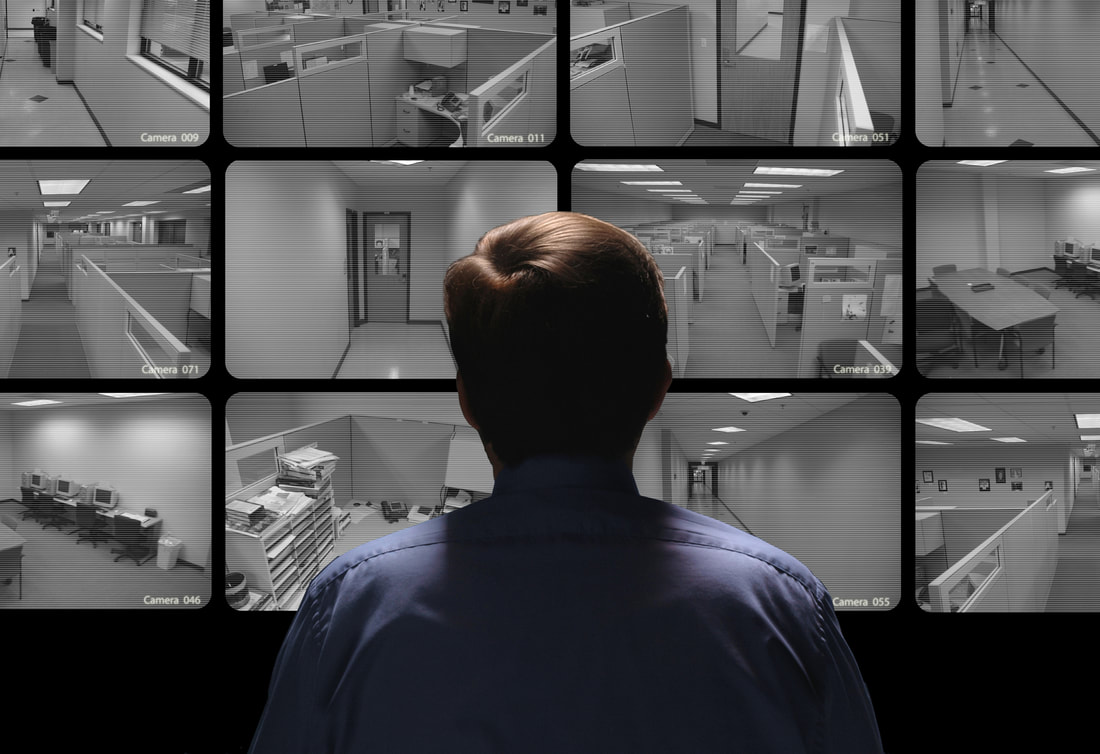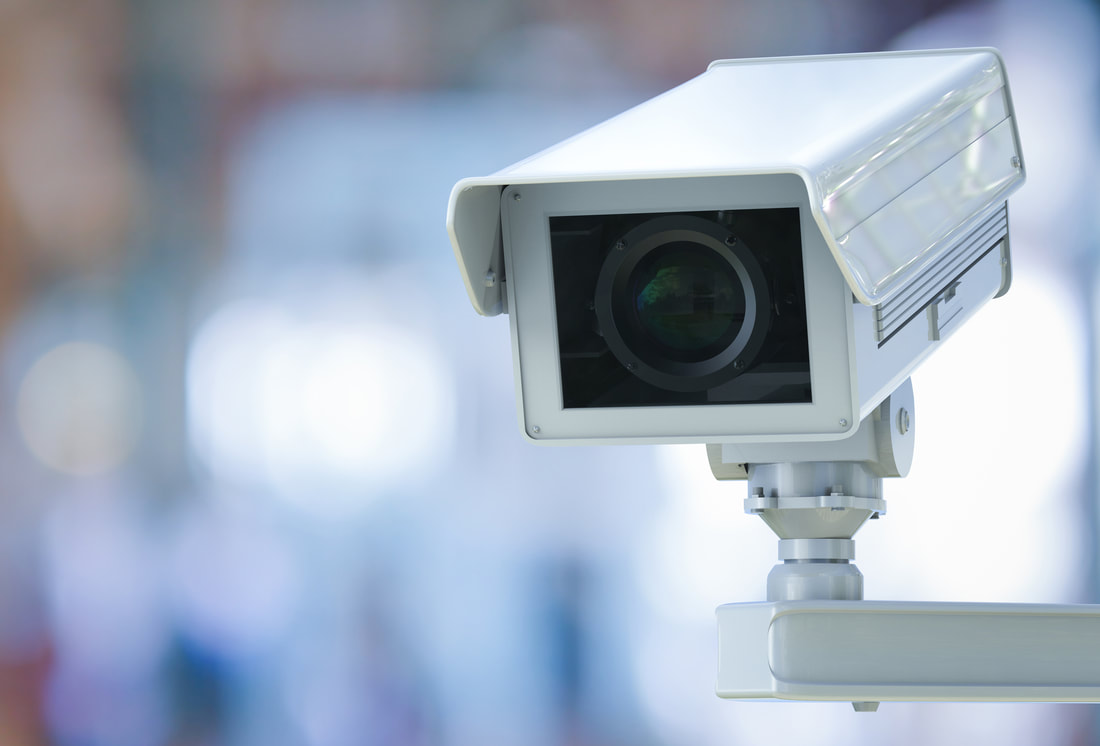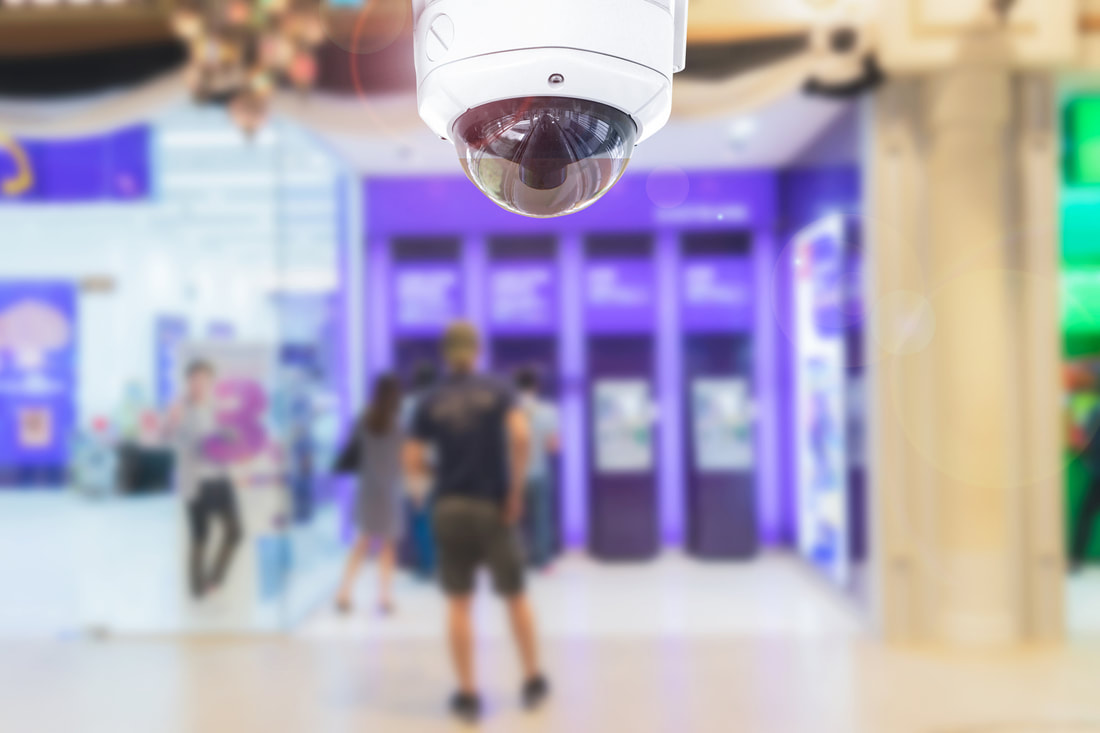What Is It?
|
Cothron Security Professionals in Austin, Texas says: CCTV (closed-circuit television) is a TV system in which signals are not publicly distributed but are monitored, primarily for surveillance and security purposes. CCTV differs from cloud surveillance in the way the signal is transmitted and it is not posted to the cloud nor as accessible.
CCTV is commonly used for a variety of purposes in Austin and surrounding cities, including: |
|
|
Contact Cothron Security Professionals for a consultation and estimate for your business. Cothron’s can provide CCTV video surveillance support for interior and exterior video surveillance solutions that range in size from centrally monitored, total corporate systems (fully-networked with dedicated fiber optic backbones) to PC-controlled, IP-based, stand-alone remote access verifiers.
A CCTV security system is essential for any type of business or public organization. Therefore it’s vital to select the right CCTV camera for the right location and application.
|
|
Here Are The 8 Different Types Of CCTV Cameras:
Smart Home Security, giving you the solutions to monitor, protect and automate your home or business. More than a smart app or cool thermostat. Alarm.com seamlessly connects the key devices on one platform - so they work together, and work smarter 1. Dome CCTV Camera
Dome CCTV Cameras are most commonly used for indoor security and surveillance applications. Dome cameras get their name from the dome-shaped housing in which they sit. These housings are designed to make the CCTV cameras unobtrusive… not covert or hidden. Typical applications are retail, where the camera is designed to be unobtrusive, but visible. The "dome" shape makes it difficult to tell the direction that these cameras are facing, and thus are ideal for deterring criminals. The “bad guys” will know the facility is being watched and customers will feel at ease knowing the facility is being protected. Units that allow the camera to pan/tilt/zoom and spin quickly within the housing are often referred to as “speed domes.” Speed Dome CCTV cameras give the surveillance operator the ability to move the camera. There are cameras that have automated pan/tilt/zoom functionality where the camera is moving on a timed basis. These are used to cover a wide area with only one camera, or to avoid poor light conditions at certain times of day. 2. Bullet CCTV Camera Bullet CCTV Cameras have a long, cylindrical, and tapered shape, similar to that of a "rifle bullet", often used in applications that require long distance viewing. The camera is not typically designed to have pan/tilt/zoom control but instead to capture images from a fixed location, pointing at a particular area. A bullet CCTV camera is a wall-mount or ceiling-mounted unit that is typically designed for indoor use, but can also be used for some outdoor applications. Many bullet cameras can also be waterproof by being installed inside protective casings, which protect against dust, dirt, rain, hail and other harmful elements. 3. C-Mount CCTV Camera C-mount CCTV cameras have detachable lenses to fit different applications. Standard CCTV camera lenses can only cover distances of between 35 and 40ft, therefore, with C-mount CCTV cameras, it is possible to use special lenses, which can cover distances greater than 40ft. 4. Day/Night CCTV Camera The day/night CCTV cameras have the distinct advantage of operating in both normal and poorly-lit environments. These cameras do not have Infrared illuminators because they can capture clear video images in varying light conditions and in the dark. The camera is ideal for outdoor surveillance applications, where Infrared CCTV cameras cannot function optimally. These CCTV cameras are primarily used in outdoor applications and they can have a wide dynamic range to function in glare, direct sunlight, reflections and strong back light 24/7. 5. Infrared/Night Vision CCTV Camera These night-vision CCTV cameras have the ability to see images in pitch black conditions using Infrared LEDs and are ideal in outside conditions where lighting is poor to zero. 6. Network/IP CCTV Camera These cameras, both hardwired and wireless, transmit images over the Internet, often compressing the bandwidth so as not to overwhelm the web. IP cameras are easier to install than analog cameras because they do not require a separate cable run or power boost to send images over a longer distance. 7. Wireless CCTV Camera Not all wireless cameras are IP-based. Some wireless cameras can use alternative modes of wireless transmission. But no matter what the transmission method, the primary benefit to these units is still the same: extreme flexibility in installation. 8. High-Definition HD CCTV Camera Ultra high-definition cameras are often relegated to niche markets, such as casinos and banks. These give the operators the ability to zoom in with extreme clarity (to look at a poker player who might have something up their sleeve). |
From storefronts to entire office buildings, Alarm.com's commercial-grade access solution lets businesses securely manage access to assets and facilities. Smarter Access Control is available on a standalone basis or integrated into the Alarm.com for Business platform, which also includes intrusion and video surveillance.
FOR CLOUD BASED VIDEO SURVEILLANCE PLEASE SEE OUR WEBSITE PAGE
- Correct mix of CCTV camera types
- 24/7 CCTV camera monitoring at our remote monitoring partner
- DVRs (digital video recorders)
- CCTV camera towers and columns
- CCTV telemetry systems
- Deterrent CCTV systems
- Covert CCTV systems
- Motion detection systems
- Integrated audio / CCTV systems
- Video Analytics/Predictive software
- CCTV camera lenses
- CCTV monitors
- CCTV multiplexors
- CCTV illumination
- CCTV switchers
- Fiber optic CCTV transmission
- Networked CCTV transmission (IP CCTV transmission)
- Wireless CCTV camera systems
- Software systems for CCTV camera control, CCTV management & CCTV diagnostics
FOR CLOUD BASED VIDEO SURVEILLANCE PLEASE SEE OUR WEBSITE PAGE










